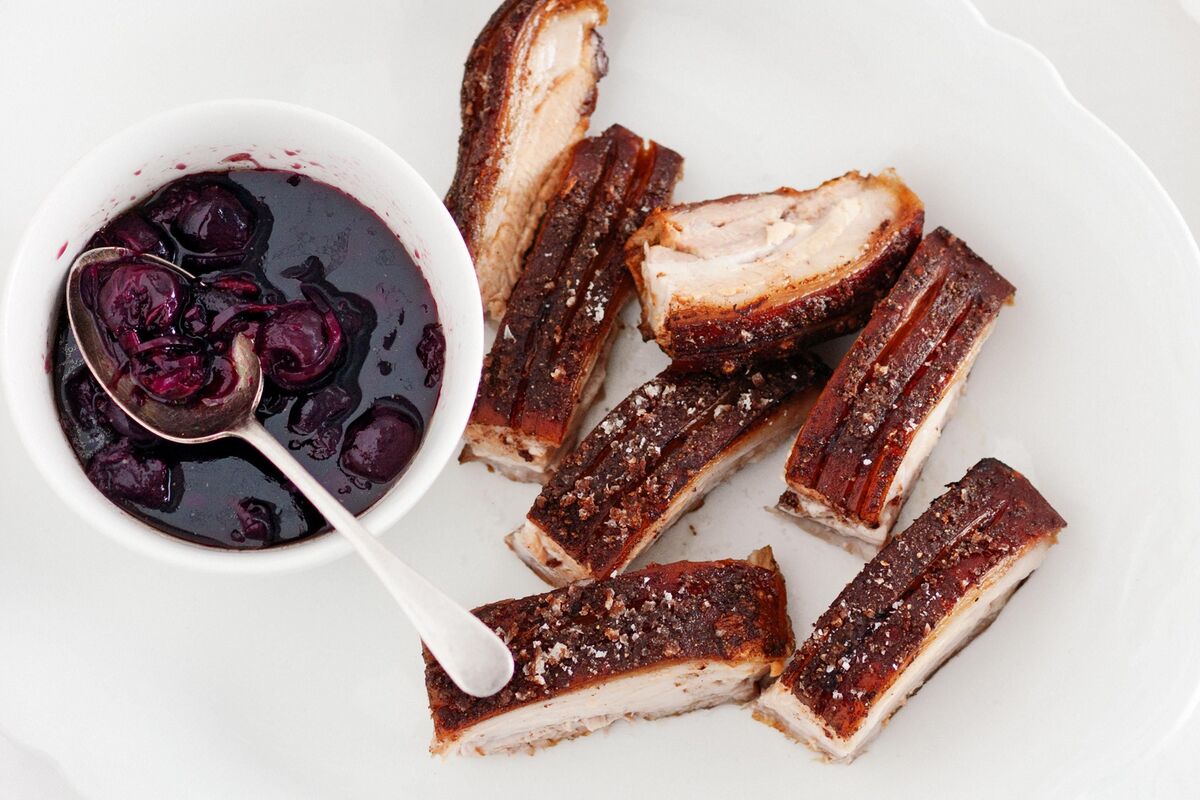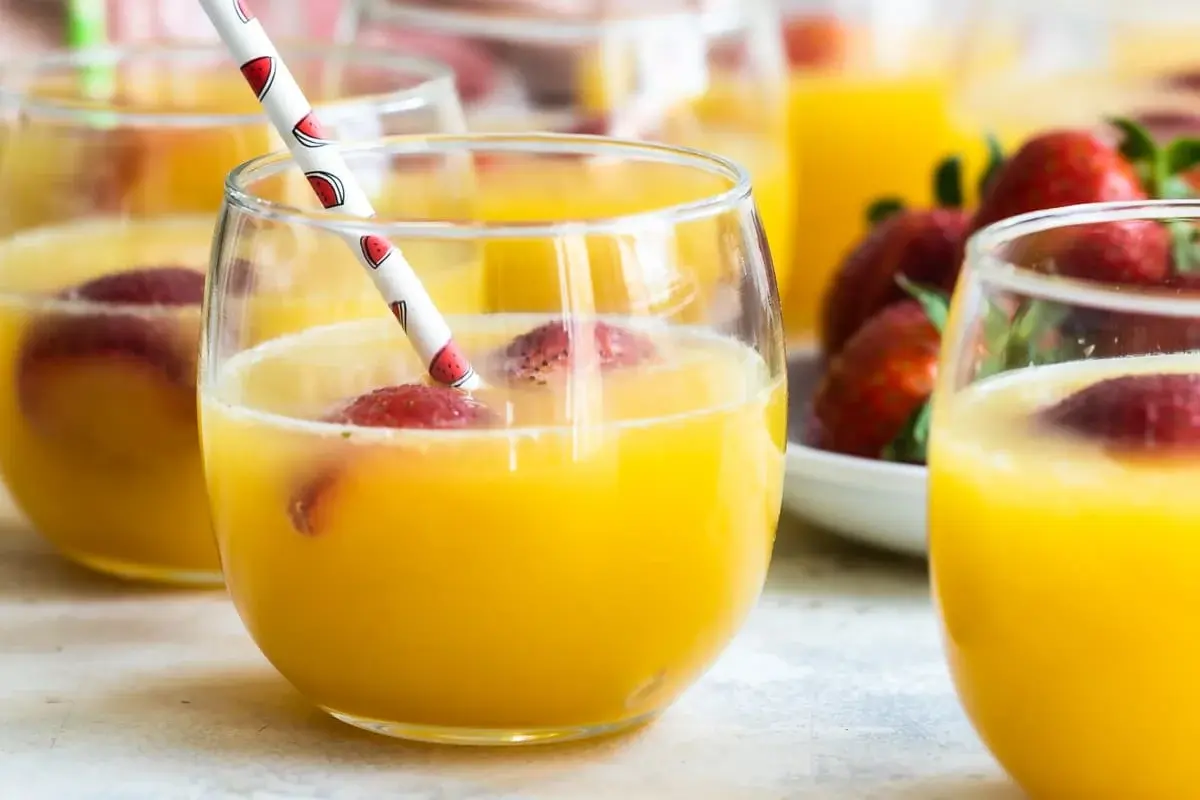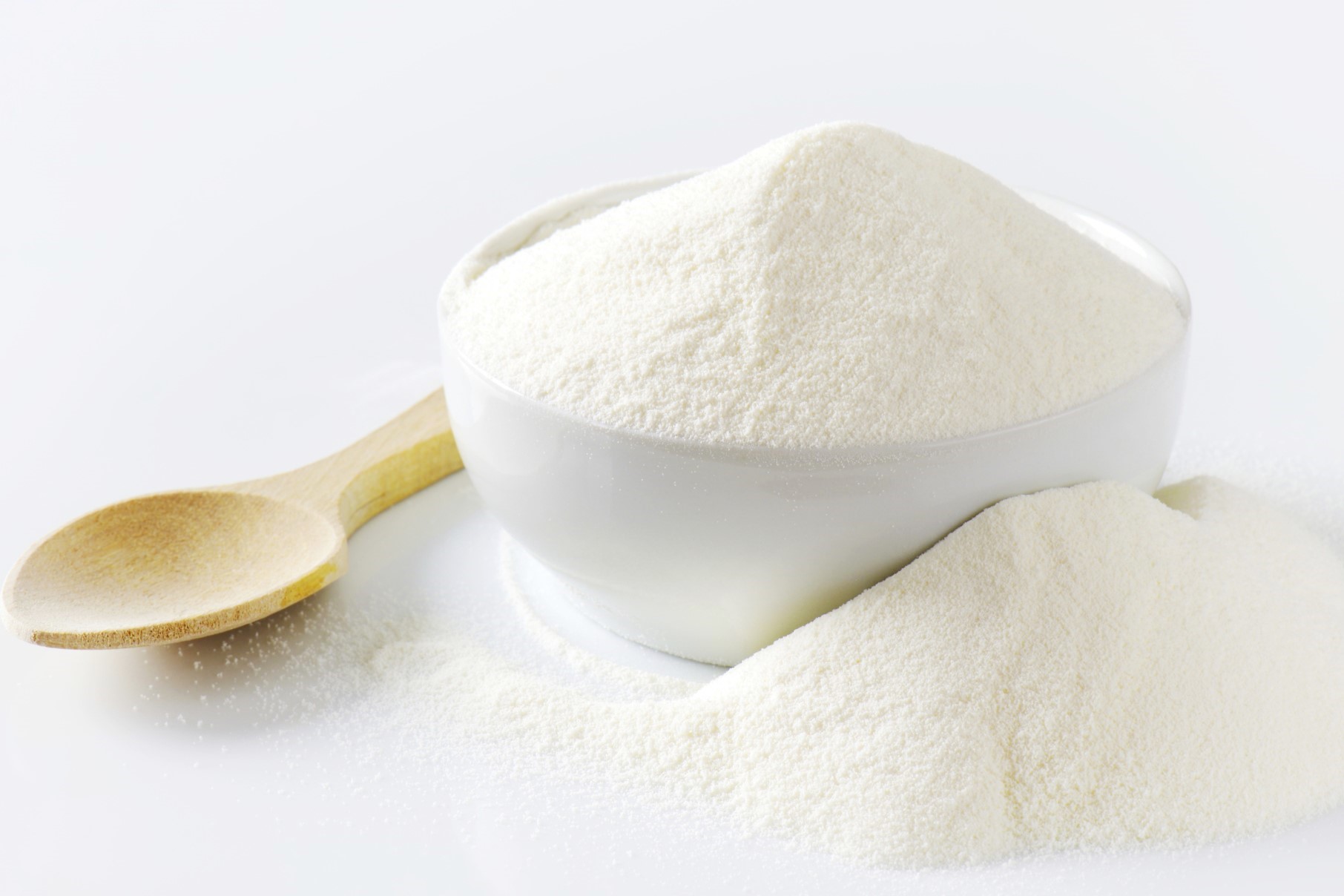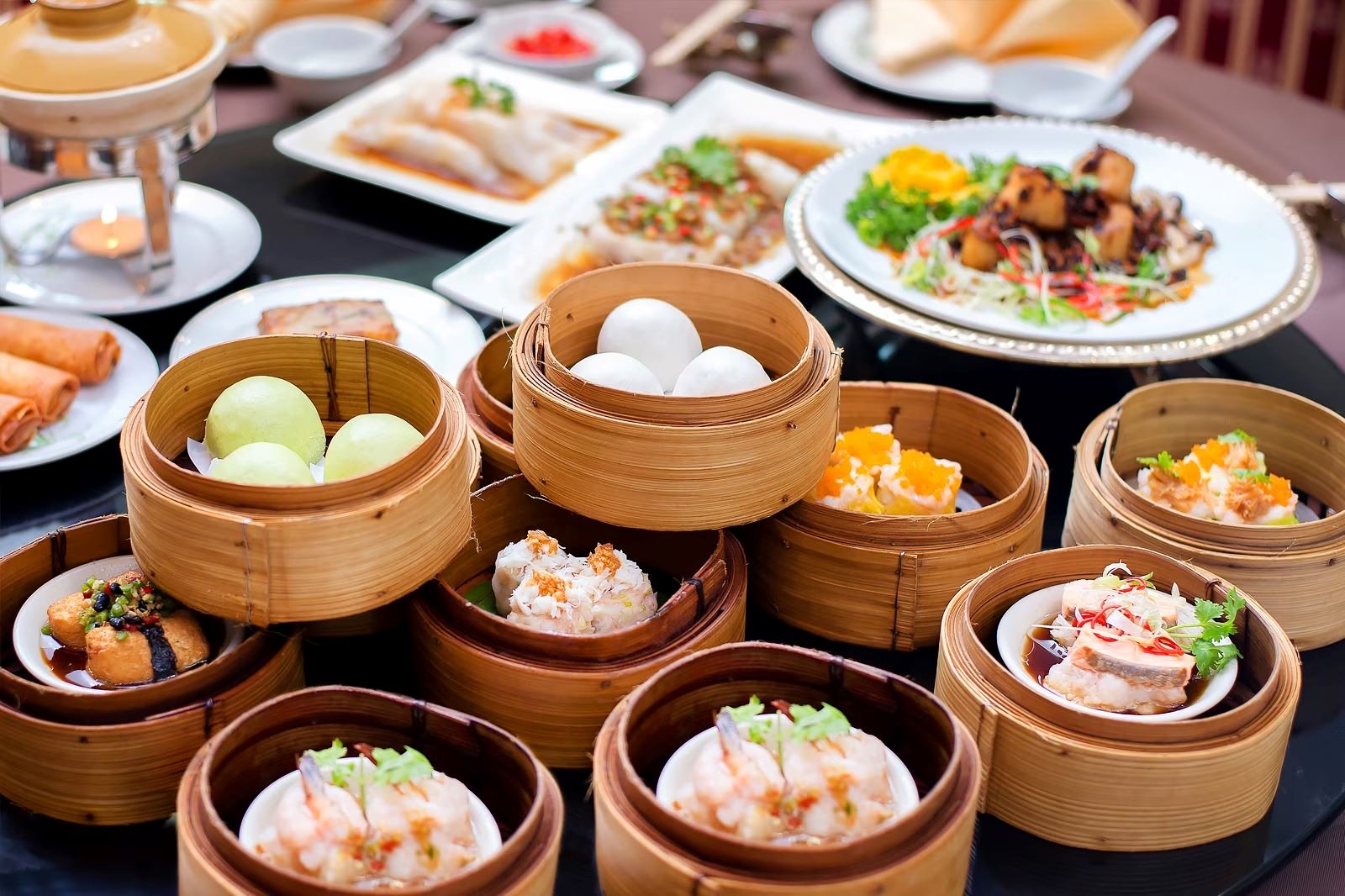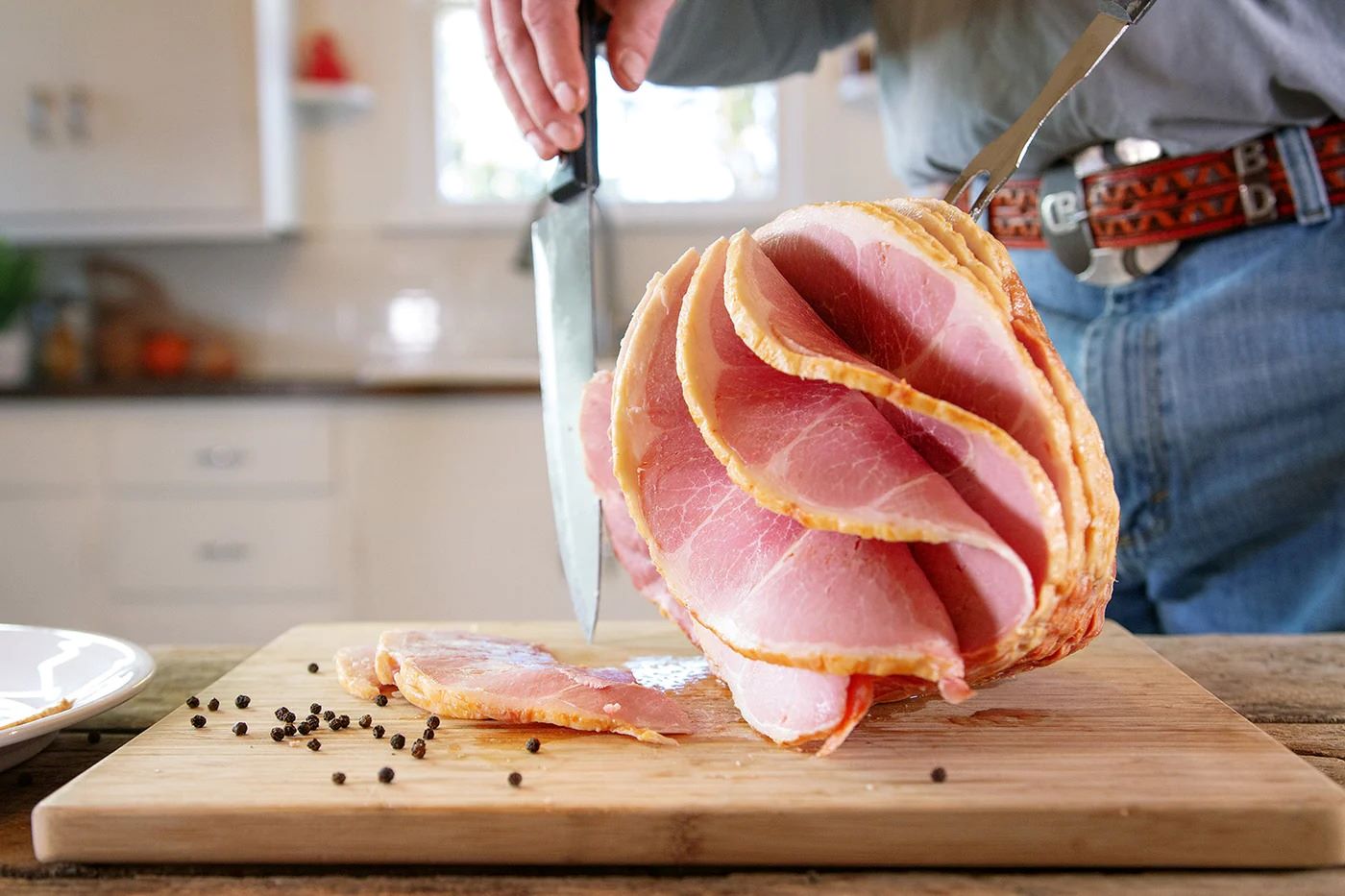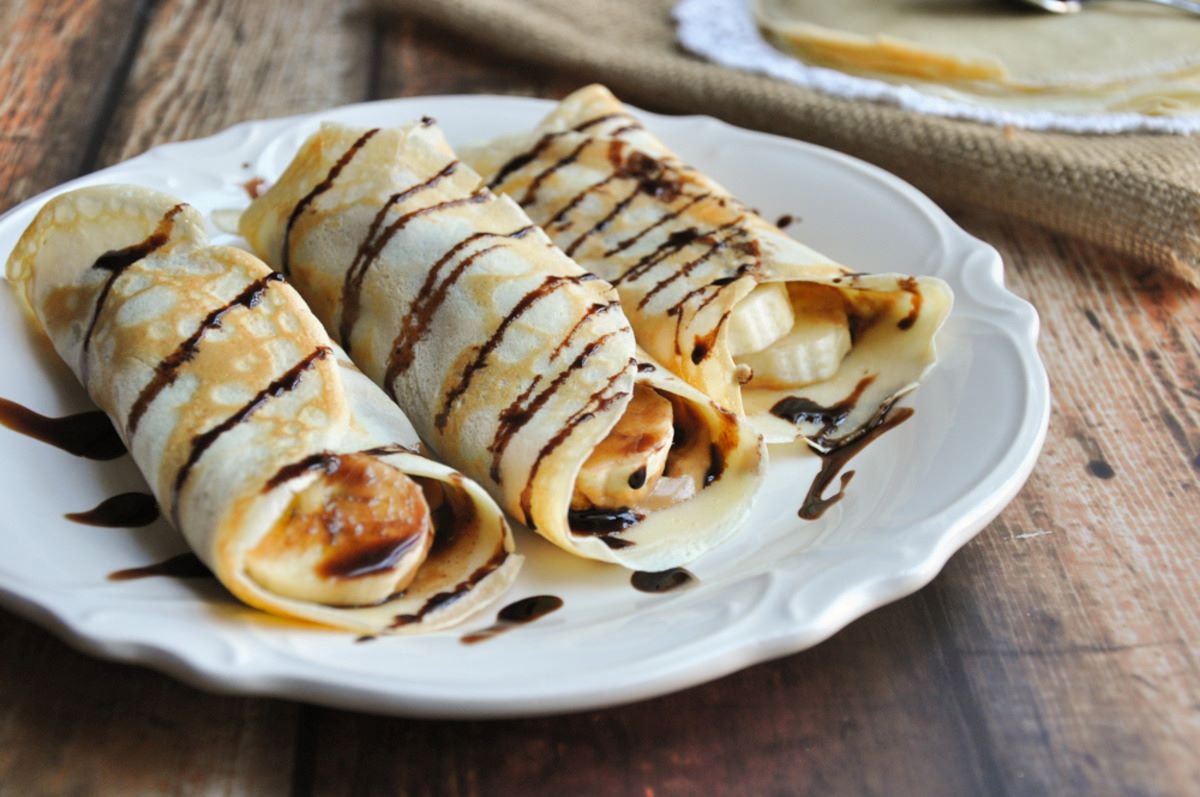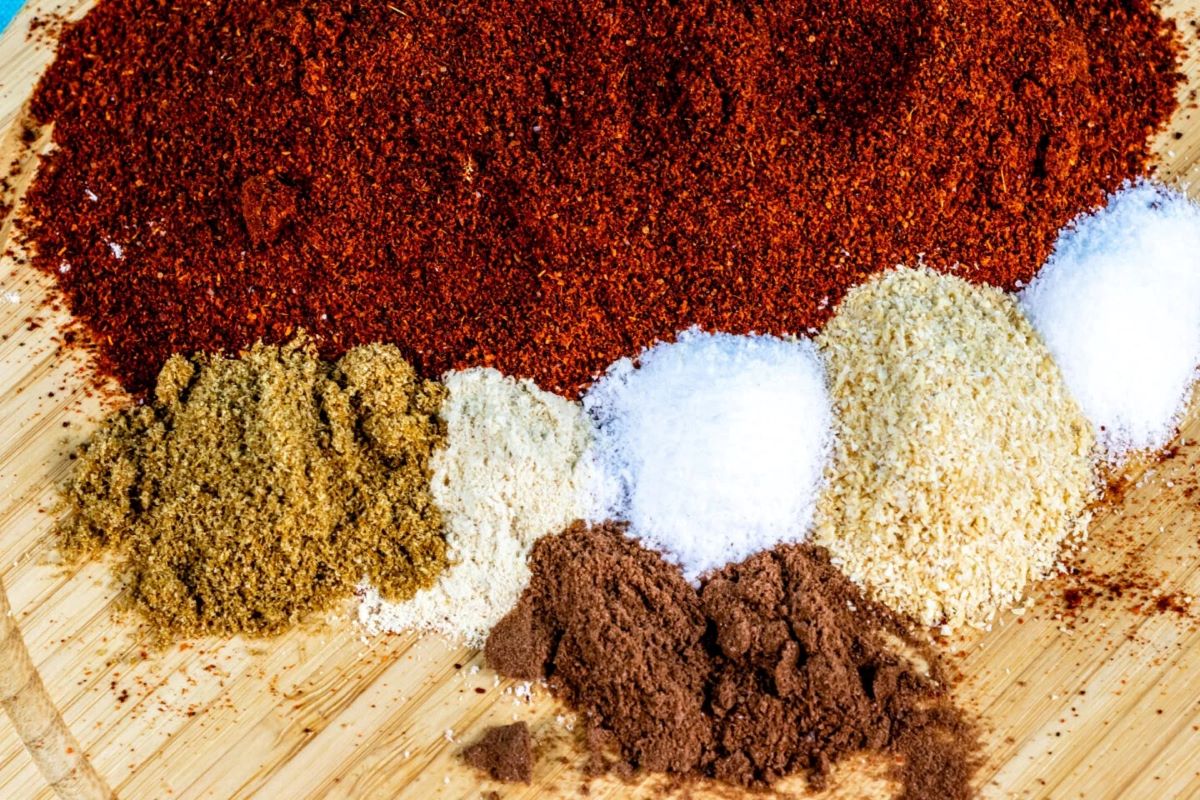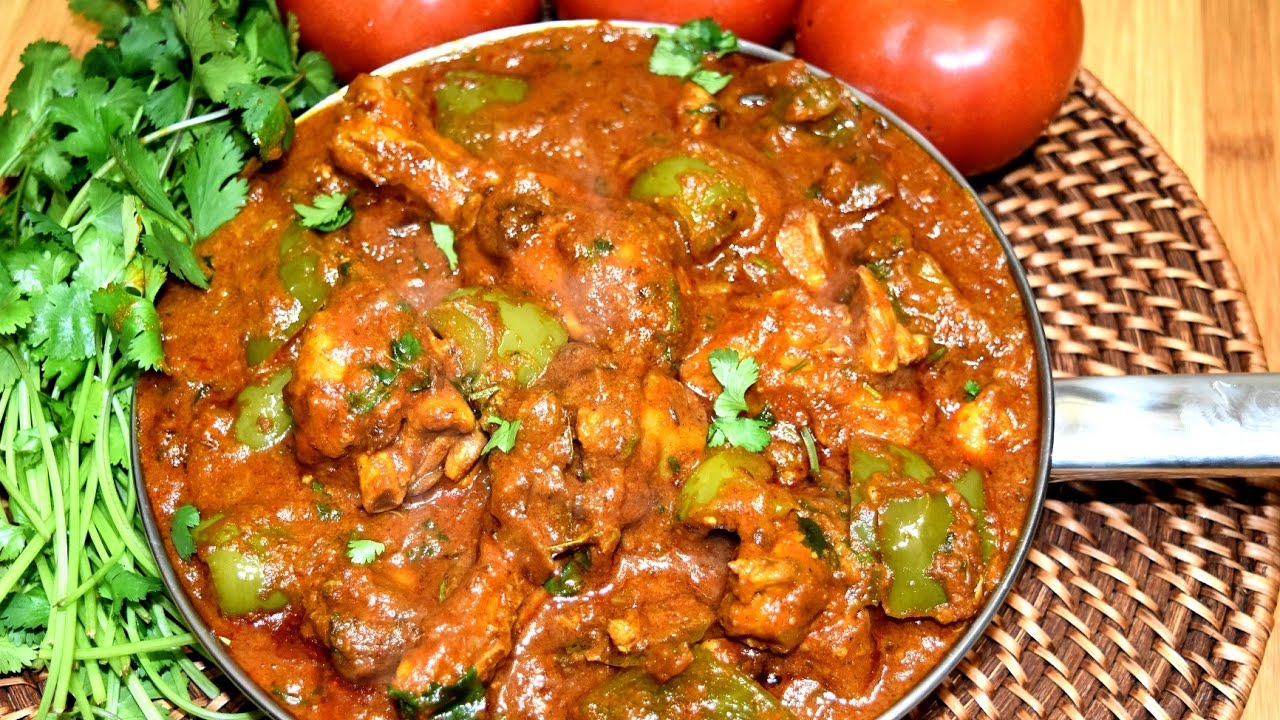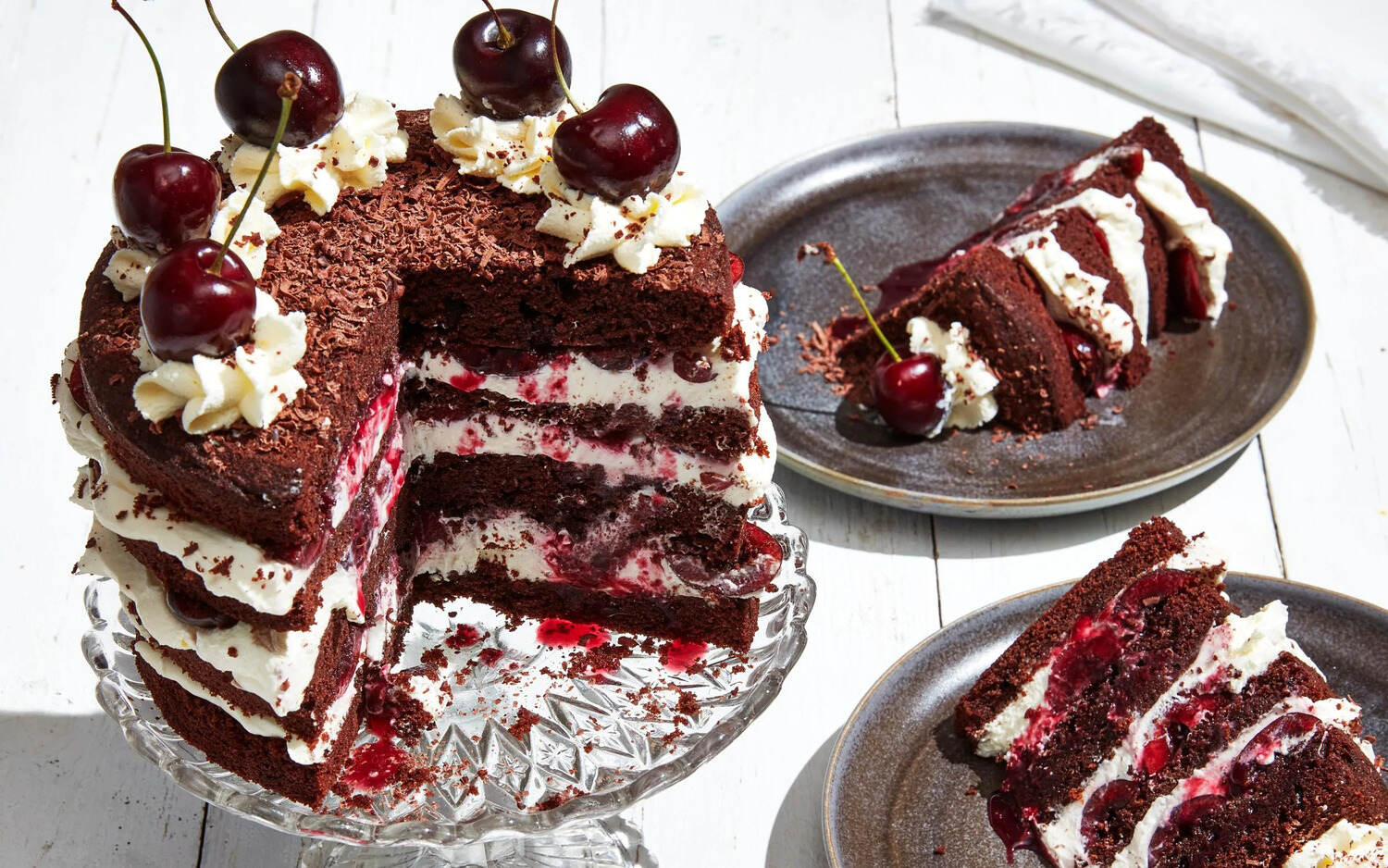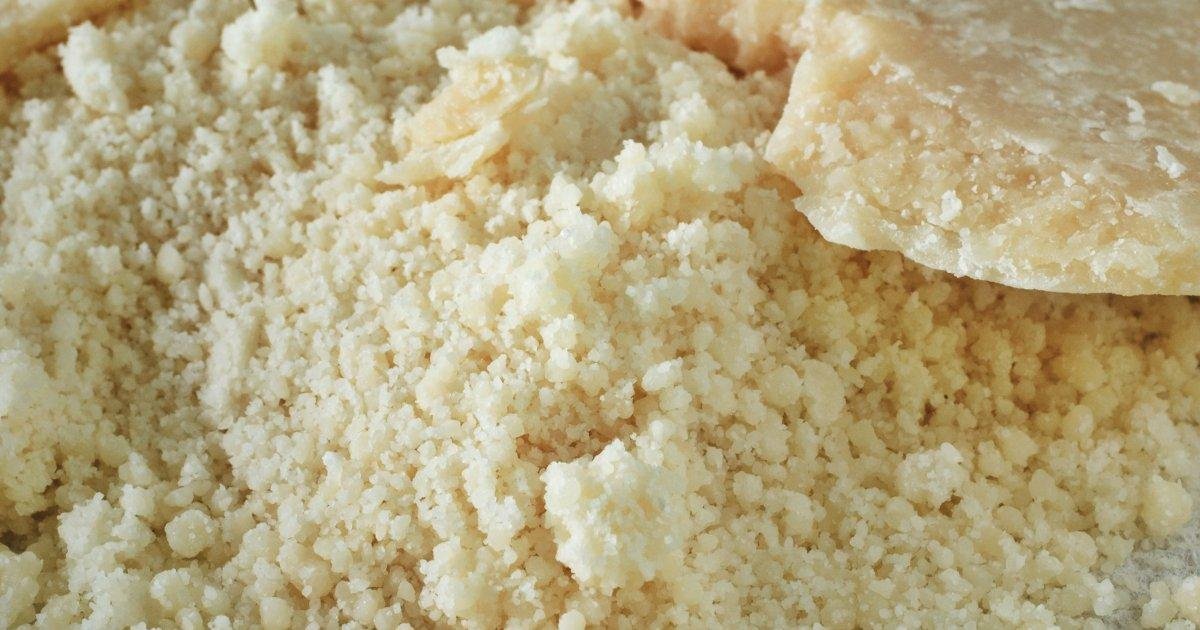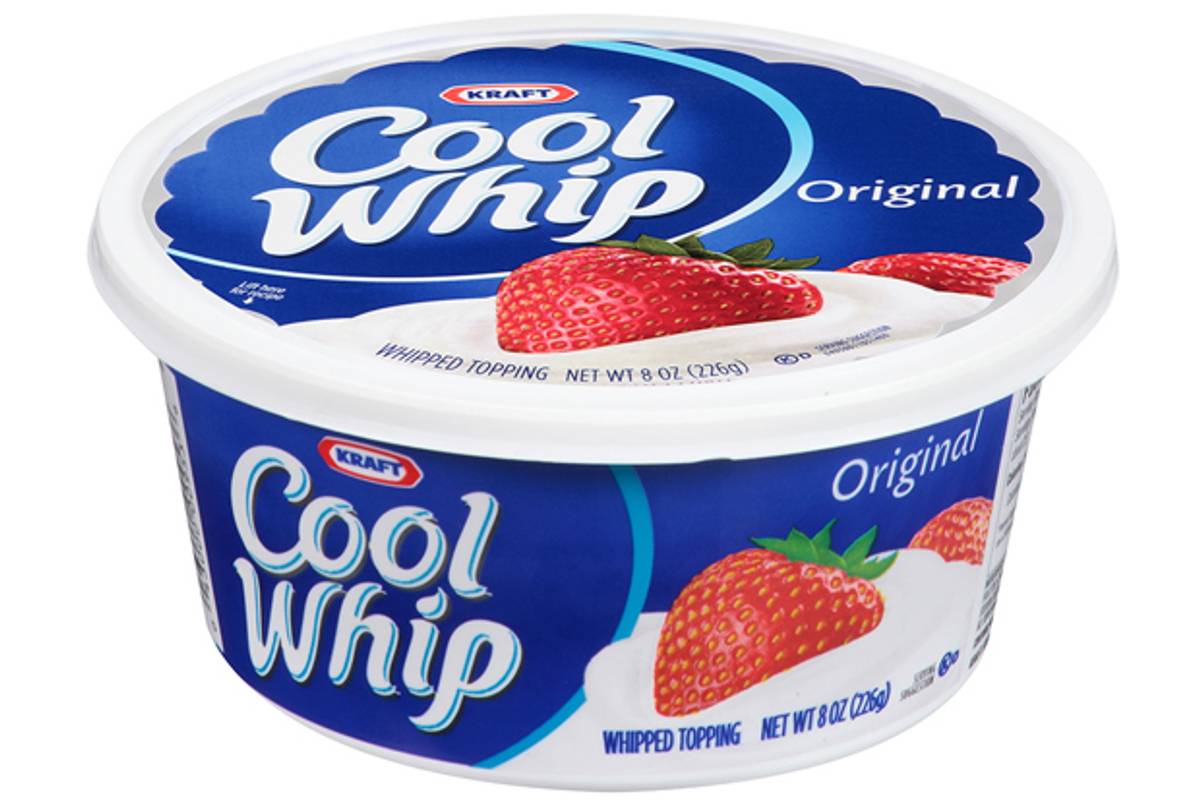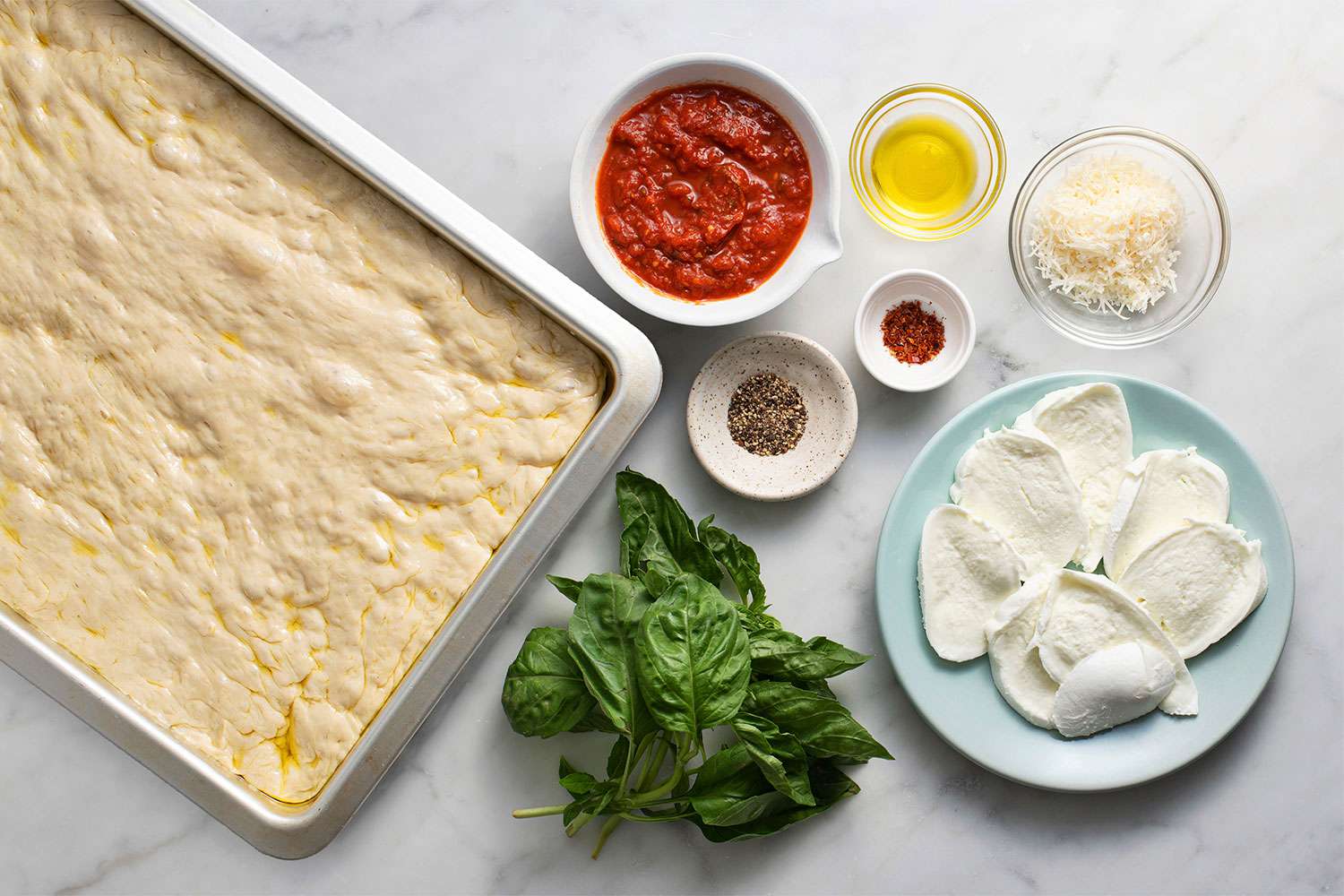Experience the Delightful Flavors of German Christmas Food
When it comes to celebrating the holiday season, Germany is known for its rich culinary traditions that bring families and friends together. German Christmas food is a delightful blend of hearty dishes, sweet treats, and festive drinks that have been enjoyed for generations. Let’s take a closer look at some of the most popular and mouthwatering dishes that are an integral part of the German Christmas experience.
Savor the Traditional German Christmas Feast
Christmas Eve in Germany is a time for families to come together and enjoy a festive feast. One of the most iconic dishes served on this special evening is Weihnachtsgans, a succulent roast goose that is often stuffed with apples, chestnuts, and herbs. The crispy skin and tender meat of the goose make it a truly indulgent and unforgettable dish.
Accompanying the roast goose, you’ll often find Rotkohl, a sweet and tangy red cabbage dish that adds a burst of color and flavor to the meal. This traditional side dish is typically cooked with apples, onions, and spices, creating a perfect balance of sweetness and acidity.
Potato dumplings, known as Kartoffelklöße, are another staple of the German Christmas feast. These hearty dumplings are made from grated potatoes, flour, and eggs, and are often served alongside the main course to soak up the delicious flavors of the accompanying sauces and gravies.
Indulge in Sweet Christmas Treats
No German Christmas celebration would be complete without an array of delectable sweet treats. Lebkuchen, a type of gingerbread cookie, is a beloved holiday classic that comes in various shapes and sizes. These spiced cookies are often decorated with icing and make for a delightful snack with a cup of hot mulled wine, known as Glühwein.
Stollen, a traditional German fruitcake, is another must-have treat during the holiday season. This dense and rich cake is studded with dried fruits, nuts, and spices, and is often dusted with powdered sugar to create a snowy effect. Sliced and enjoyed with a warm beverage, Stollen is a true symbol of Christmas indulgence.
Toast to the Holidays with Festive Drinks
German Christmas food is not complete without a selection of festive drinks to accompany the delicious meals and treats. Feuerzangenbowle is a popular hot punch made with red wine, rum, citrus fruits, and spices. The highlight of this drink is the “Feuerzange,” a sugarloaf soaked in rum and set on fire, creating a spectacular flaming display as it caramelizes and drips into the punch.
For those who prefer a non-alcoholic option, Kinderpunsch is a delightful choice. This warm, fruity punch is perfect for children and adults alike, offering a comforting blend of fruit juices, spices, and a hint of sweetness.
Embrace the Heartwarming Traditions of German Christmas Food
As you gather with loved ones to celebrate the holiday season, consider incorporating some of these delightful German Christmas food traditions into your own festivities. Whether you’re savoring a sumptuous roast goose, indulging in sweet gingerbread treats, or raising a toast with a festive drink, the flavors and aromas of German Christmas food are sure to create cherished memories that will last a lifetime.
So, this holiday season, why not add a touch of German culinary tradition to your celebrations and experience the joy of Gemütlichkeit – the warm and welcoming feeling of togetherness and contentment that is at the heart of German Christmas food.
Was this page helpful?
Read Next: What Is Cultured Cottage Cheese
